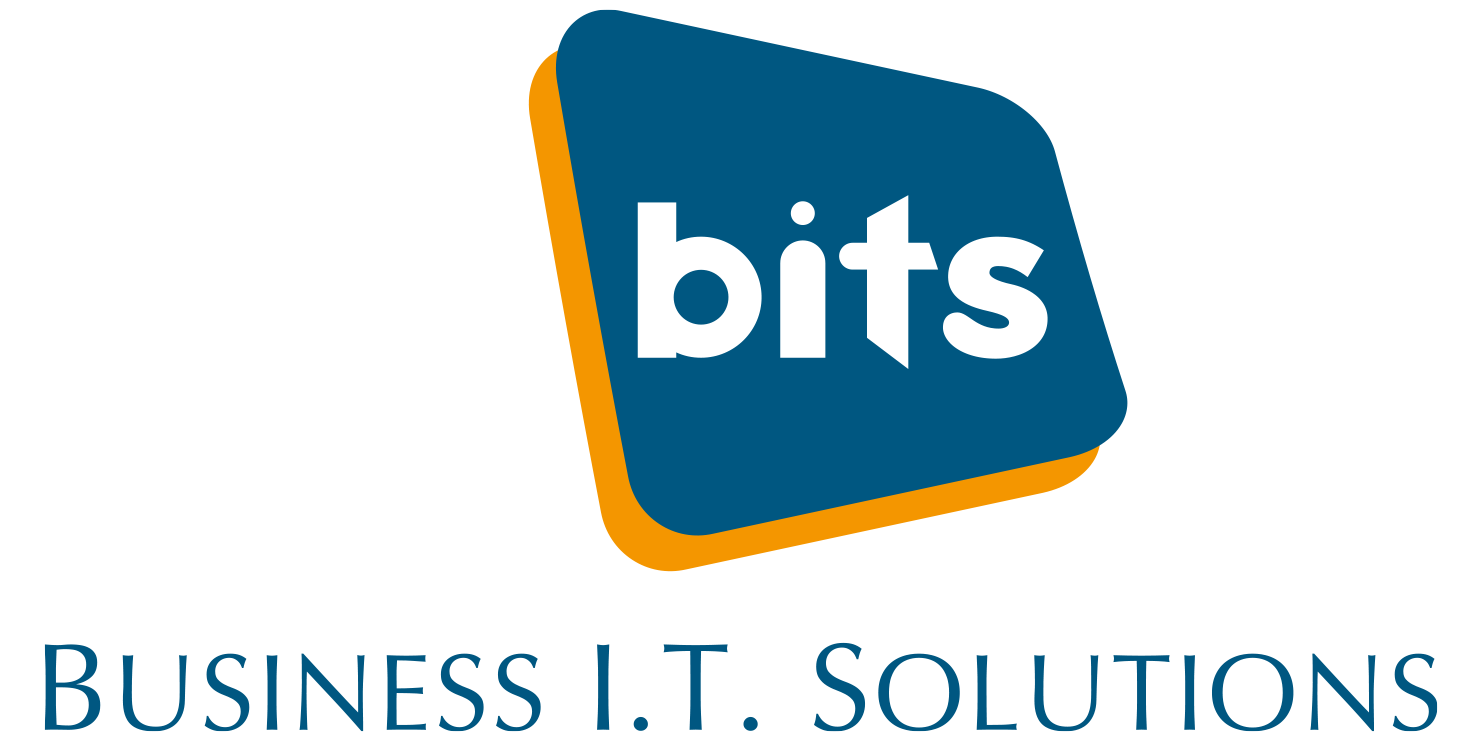Software vulnerabilities are a constant threat in the technology sector. Hackers exploit flaws in the code of software products that have millions of lines of code. Developers have to keep updating their software to fix these vulnerabilities, but it seems like a never-ending task, like playing “cat-and-mouse” to maintain security. In this blog, we’ll discuss the importance of being alert to these vulnerabilities, the main areas of risk, and how to safeguard your systems effectively.
The Importance of Staying Updated:
For IT management firms in Ireland, keeping abreast of the latest vulnerabilities is of paramount importance. Knowing which software and operating systems are currently targeted is vital for safeguarding your network’s security. Overlooking the essential task of patching and updating can potentially expose your company’s networks to entirely preventable cyberattacks. It’s worth noting that an astonishing 82% of cyberattacks in Ireland during the first quarter of 2022 were linked to the exploitation of vulnerabilities that could have been patched, underscoring the global significance of this issue.
Identifying Vulnerabilities:
To address these issues, we’ll dive into some vulnerabilities recently highlighted by the Cybersecurity and Infrastructure Security Agency (CISA) in products from Microsoft, Google, Adobe, and others. It’s essential to patch any of these vulnerabilities in your systems promptly to minimise risks.
Microsoft Vulnerabilities:
Microsoft has vulnerabilities in several of its products. One such example is Internet Explorer (IE), even though it was discontinued in June 2022. Removing IE from any remaining computers is essential to maintain security. Vulnerabilities are often identified using the Common Vulnerabilities and Exposures (CVE) naming structure, such as CVE-2012-4969, which allows remote code execution, potentially turning safe sites into phishing sites.
Google Vulnerabilities:
Google Chrome and applications built using Google’s Chromium V8 Engine face vulnerabilities like CVE-2016-1646 and CVE-2016-518, enabling attackers to conduct denial of service attacks. These vulnerabilities have patches available, just like CVE-2018-17463 and CVE-2017-5070, which have similar impacts.
Adobe Vulnerabilities:
Adobe Acrobat Reader, a widely-used document-sharing tool, is not immune to vulnerabilities. CVE-2009-4324, for instance, allows hackers to execute remote code via a PDF file. This means that receiving unfamiliar PDF attachments can be risky. Additionally, CVE-2010-1297 poses a threat through Adobe Flash Player, which no longer receives support or security updates and should be uninstalled.
Netgear and Cisco Vulnerabilities:
Networking equipment isn’t exempt from vulnerabilities. Netgear products are susceptible to CVE-2017-6862, enabling remote code execution and bypassing password authentication. Cisco RV series routers also have vulnerabilities like CVE-2019-15271, which grants hackers “root” privileges over your device.
The Importance of Regular Patching and Updates:
To protect your network from these and other vulnerabilities, regular patching and updates are crucial. Collaborate with trusted IT professionals to manage device and software updates and ensure your network remains secure.
Cybersecurity is an ongoing battle, and understanding the vulnerabilities your systems face is the first step towards protecting your assets. Regular patching and updates, along with professional assistance, can reduce the risks associated with these vulnerabilities. Don’t leave your network exposed—schedule a cybersecurity audit to minimise potential threats. We’ve also compiled an informative blog post highlighting the top-notch cybersecurity practices. Check it out here!
Looking to enhance your cybersecurity posture? Get in touch with us today!

